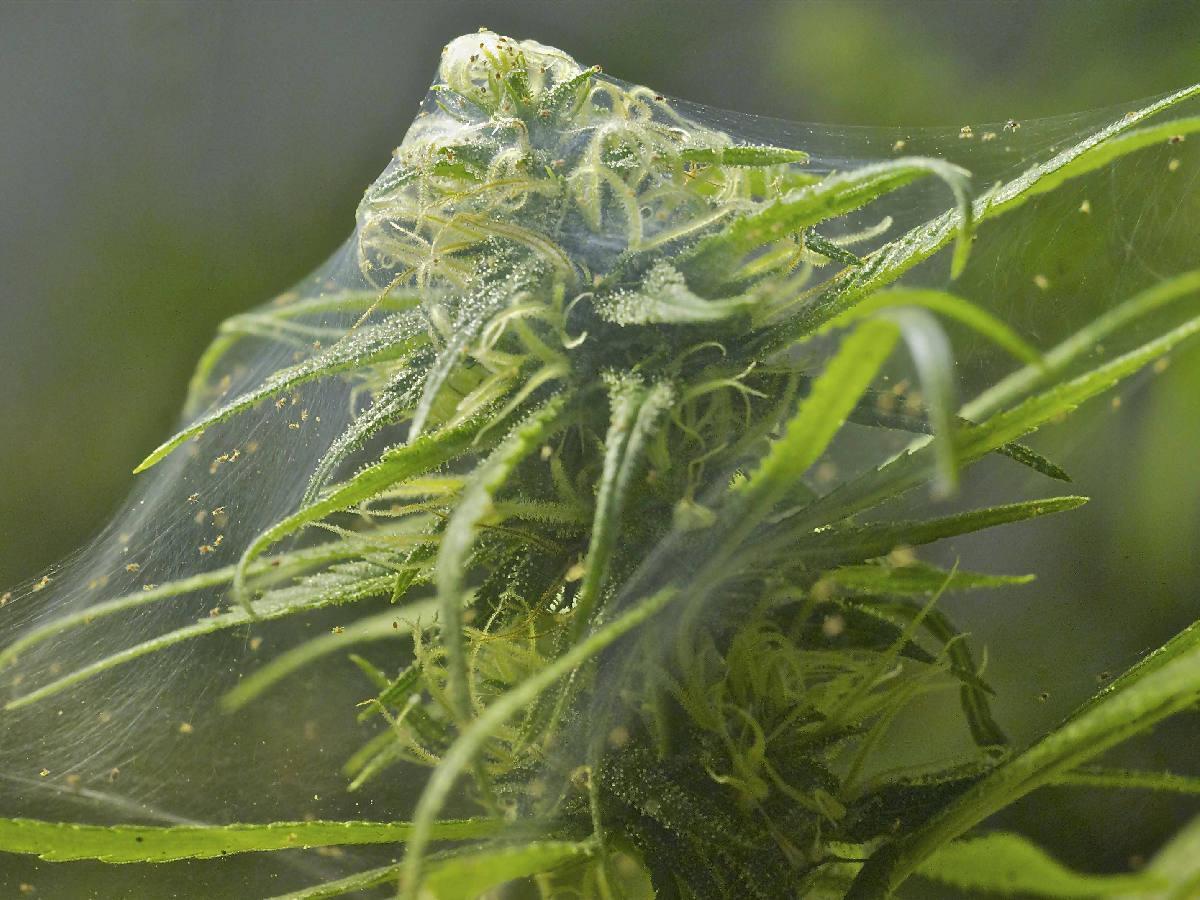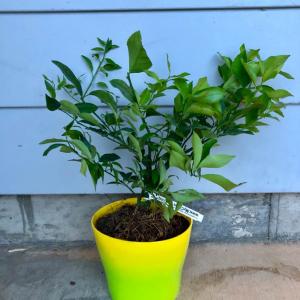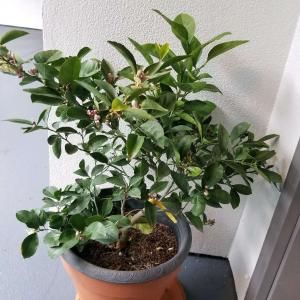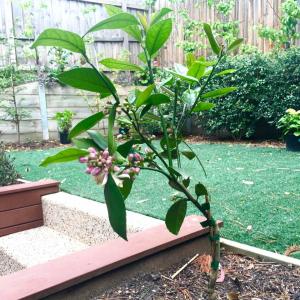文章
Dummer. ゛☀
2017年09月14日

Ick. I hate spider mites. They are a plague, particularly on the container gardens that I try to overwinter inside. I have had them infest several fruit trees, including, Meyer lemon, lime, kumquat and orange. It could be that all these trees became infested because of their close proximity to each other. However, once one plant gets spider mites they can infest all of your plants pretty quickly.
Unfortunately, it's very hard to get rid of spider mites and sometimes, you just have to pitch plants that get them.
Be careful, if you do have to get rid of plants that are infested, do not compost them. Sadly the best way to get rid of them is to either throw them way out in the woods, or put them in plastic bags and put them in the garbage.
Identifying a Spider Mite Infestation - Spider mites are tiny - smaller than the head of a pin - so it's hard to see them. To identify an infestation, you can check to see if there is webbing on your plants particularly at the intersection of branches. Another, sign, after the spider mites have infested a plant, is to see leaves that are spotted or speckled looking. Spider mights can range in color from red to light brown, yellow to green.
Getting Rid of Spider Mites - Like most plant pests, you a have much better chance dealing with spider mites before you have an all out infestation. The more mites, the more eggs and the harder it is to control them. My first line of defense, with almost any insect problem in my containers (though spider mites aren't actually classified as an insect, but as an arachnid), is to spray them with a hose, trying to knock as many insects off as possible--making sure to spray the underside of the leaves as well as the tops. Once the plant is dry, I try an insecticidal soap spray. With large plants, it's hard to get good coverage all over the entire plant, including the undersides of leaves, but do the best you can. I like to use insecticidal soap instead of a pesticide because it doesn't harm beneficial insects and is listed as ok for organic gardening. After insecticidal soap, I try neem oil or a neem oil combination. A disadvantage of neem oil is some people don't like the smell and it can be sticky and get on walls and furniture. Another thing to try is a pyrethrin insecticide, which is somewhat more toxic than the neem oil and insecticidal soap, but is still considered "natural" pesticide because it is made from chrysanthemums.
Be Persistent - Chances are you will have to keep spraying your spider mite infested plant every seven to ten days in order to interrupt the cycle of eggs hatching. Also, make sure to spray the soil as well as the entire plant.
When to Give Up - To be honest, there is no absolute answer to this unless your plant is completely dead--even then, plants can surprise you and bounce back. I have battled spider mites through the winter and then have taken plants that looked like they were at death's door, cut them back severely in the spring, and then put them outside. Some of the plants rebounded gorgeously, thriving throughout the summer. However, on bringing them back inside, the mites returned with a vengeance. But I have a hard time giving up on beloved plants, so I tend to keep them limping along, way past when it is practical.
How to Prevent Spider Mites from Attacking Your Plants - Prevention is always the preferred option when it comes to mites. Before you buy a plant, look for the tell-tale signs of spotted leaves or webbing. If you see any indication of mites, don't buy the plant or any plants nearby. Also, mites like dry and dusty conditions, so keep your plants hydrated and healthy, and a level of humidity in the air, so the conditions will be inhospitable to mites.

Unfortunately, it's very hard to get rid of spider mites and sometimes, you just have to pitch plants that get them.
Be careful, if you do have to get rid of plants that are infested, do not compost them. Sadly the best way to get rid of them is to either throw them way out in the woods, or put them in plastic bags and put them in the garbage.
Identifying a Spider Mite Infestation - Spider mites are tiny - smaller than the head of a pin - so it's hard to see them. To identify an infestation, you can check to see if there is webbing on your plants particularly at the intersection of branches. Another, sign, after the spider mites have infested a plant, is to see leaves that are spotted or speckled looking. Spider mights can range in color from red to light brown, yellow to green.

Getting Rid of Spider Mites - Like most plant pests, you a have much better chance dealing with spider mites before you have an all out infestation. The more mites, the more eggs and the harder it is to control them. My first line of defense, with almost any insect problem in my containers (though spider mites aren't actually classified as an insect, but as an arachnid), is to spray them with a hose, trying to knock as many insects off as possible--making sure to spray the underside of the leaves as well as the tops. Once the plant is dry, I try an insecticidal soap spray. With large plants, it's hard to get good coverage all over the entire plant, including the undersides of leaves, but do the best you can. I like to use insecticidal soap instead of a pesticide because it doesn't harm beneficial insects and is listed as ok for organic gardening. After insecticidal soap, I try neem oil or a neem oil combination. A disadvantage of neem oil is some people don't like the smell and it can be sticky and get on walls and furniture. Another thing to try is a pyrethrin insecticide, which is somewhat more toxic than the neem oil and insecticidal soap, but is still considered "natural" pesticide because it is made from chrysanthemums.

Be Persistent - Chances are you will have to keep spraying your spider mite infested plant every seven to ten days in order to interrupt the cycle of eggs hatching. Also, make sure to spray the soil as well as the entire plant.
When to Give Up - To be honest, there is no absolute answer to this unless your plant is completely dead--even then, plants can surprise you and bounce back. I have battled spider mites through the winter and then have taken plants that looked like they were at death's door, cut them back severely in the spring, and then put them outside. Some of the plants rebounded gorgeously, thriving throughout the summer. However, on bringing them back inside, the mites returned with a vengeance. But I have a hard time giving up on beloved plants, so I tend to keep them limping along, way past when it is practical.

How to Prevent Spider Mites from Attacking Your Plants - Prevention is always the preferred option when it comes to mites. Before you buy a plant, look for the tell-tale signs of spotted leaves or webbing. If you see any indication of mites, don't buy the plant or any plants nearby. Also, mites like dry and dusty conditions, so keep your plants hydrated and healthy, and a level of humidity in the air, so the conditions will be inhospitable to mites.
0
0














